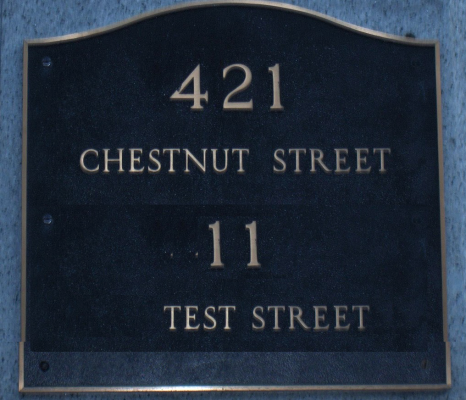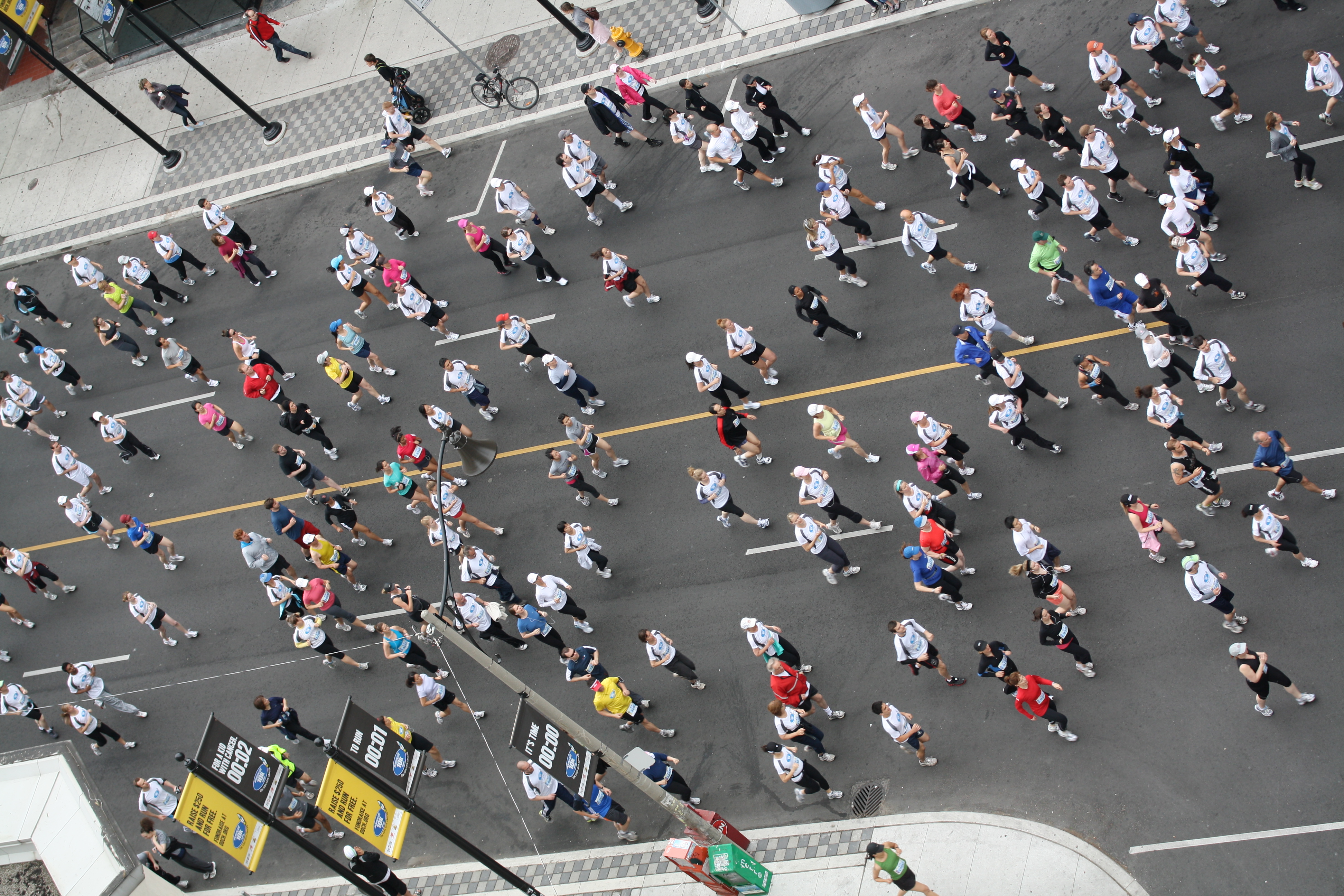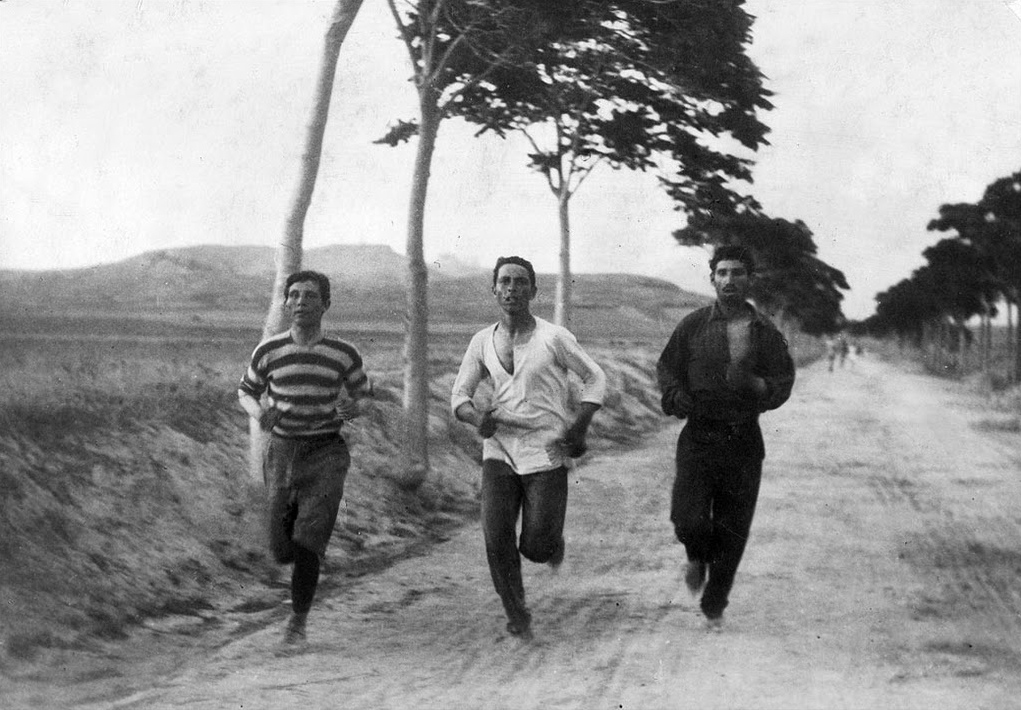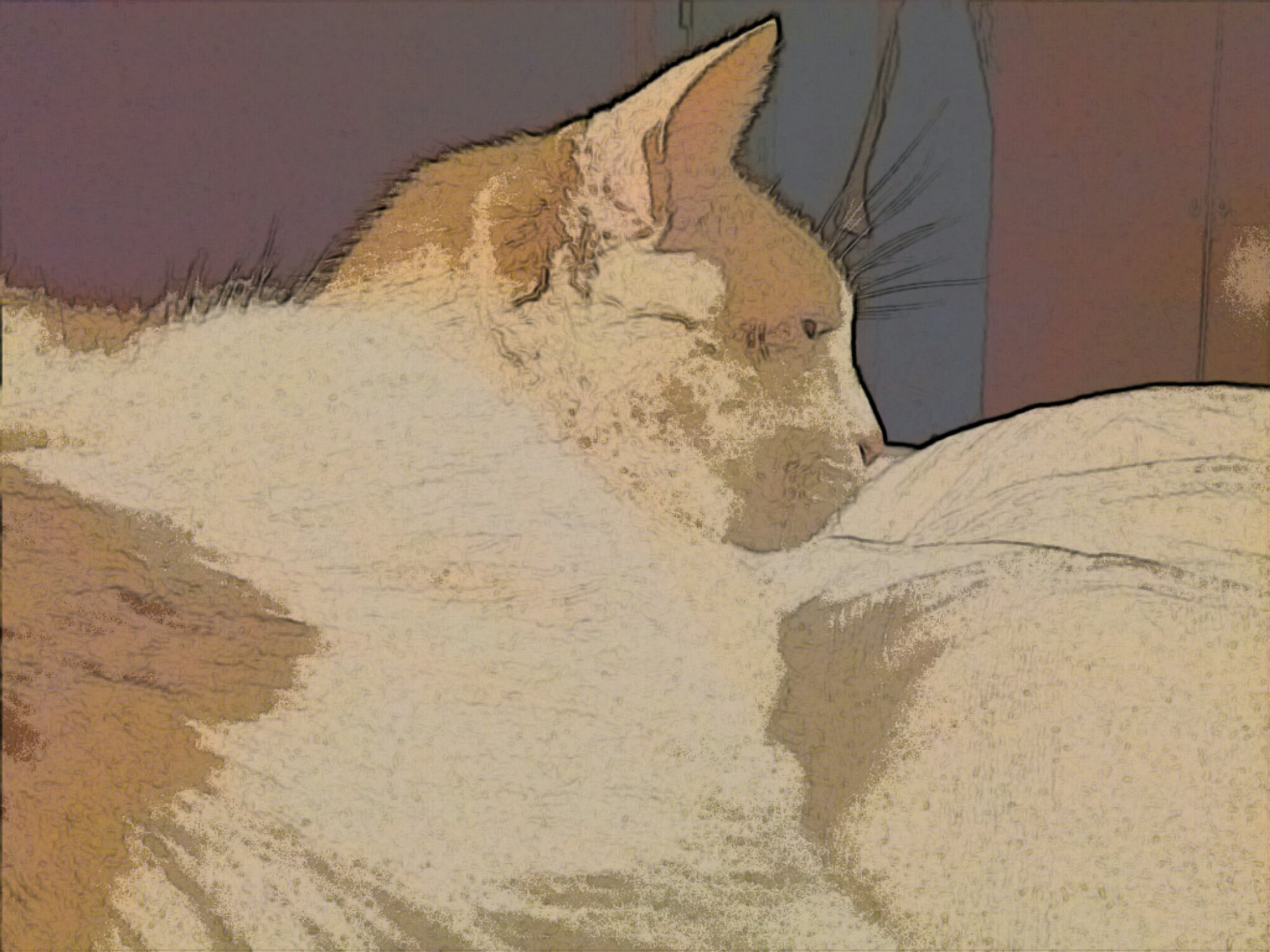I’ve heard people say that you can read any number of books whether fiction or non or self-help, and they might be interesting but they won’t actually get you out of your rut until you are ready. This has been said about addictions, too-that you can quit 62 times or 3 times or 17 times but when you’re actually ready to be done, THAT will be the number that does the trick. If there was ever a reason to just keep trying, that’s evidence enough.
Last summer I was driving across Colorado from California, listening to a podcast interview with a fascinating woman named Steph. She’d been a monstrous skiier in the footsteps of her father and reinvented her life with a record-breaking year of travel and vertical descent, then wrote a book about her transformation. Not into a world-class athlete, but into a woman who had integrated her feminine and masculine sides into a whole and happy person. She was unhappy with her life before but had not hit any kind of rock bottom, and that hooked me. So many transformation stories seem to require that hard reset, that desperation borne out of hardship or trauma. Not Steph’s. She validated the “this isn’t good enough yet” life reboot.
By fall, I was also ready. 365 days ago I took a leap of confidence and joined Steph’s 3 month coaching program called the Great Big Journey. It promised nothing short of lifechangingness. That is, of course, if I put in the work and showed up and created and discovered what I needed for kicking myself out of ‘good’ into ‘amazeballs’ (my depiction, not hers).
Within a few weeks I was making connections between my history of authority-based relationships and my inability to choose something-anything-to steer my ship towards, whether work or love or location. Something had to change or I’d be in the same place at 54 as I was now at 44. And 34. During phone calls that alternated between frantic notetaking and impromptu crying, I found new meaning and some ways to find my goals.
But I still needed to act. Self reflection and self awareness are (a little too) fascinating on their own but they do nothing if I wasn’t going to actually DO something.
And do, I did. I rekindled old friendships that I couldn’t maintain before. I fell in love with one of them and had my heart spectacularly broken, and yet I reveled in it all. I became a poet, a bit of an extrovert, and a lover. In that same window of time I moved to Salt Lake City and those “little” changes set me down yet another new path of joy and connection.
Is everything perfect? Fuck no. Fear is managed, not extinguished. Love exhilarates and blinds at the same time. And work… well, work is still a perpetual mix of creativity, grinding away, and timing. I’m an amazing writer and my clients are out there to be found and cultivated.
But what has changed that still sticks with my enriched life? At least this:
- Nearly overwhelming ability to feel my full range of emotions. Sounds boring or like a skill that everyone has, but it’s not. I didn’t let myself feel anything too deeply for 40 years. That’s a scary process of unlearning.
- Less dependence on authority relationships, particularly with the men in my life. I have more than enough ability to make decisions and take actions with my own authority. And my relationships are closer to equal partnerships than ever before.
- Many more friendships, and the deepening of all of them. Exactly one year ago I had one, possibly two friends that I would be able to call in a moment of crisis for understanding and an ear. Now I have a half-dozen, maybe closer to ten. That alone is a massive shift. It’s evident in my interactions with all my friends, this connection and commitment.
- Despite the trepidation over work and finances and the ups and downs of feeling your feels and the risks of love and loss, I am HAPPY.







